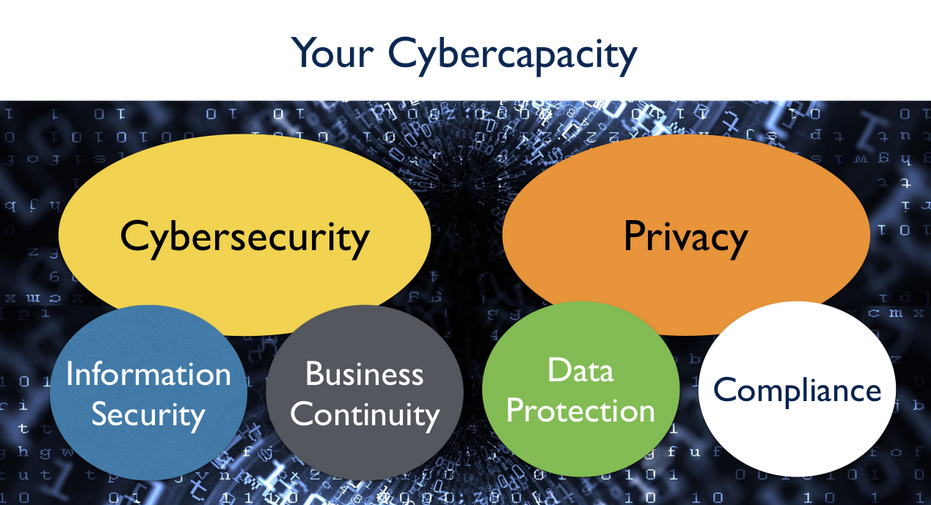Brand Development ensures that your outreach and communication strategy is aligned with the strategic positioning of your business. The Cyberconnecting brand development guide goes beyond the basics and dives deep into the core DNA of your business to help you develop the best possible alignment.
Branding can be perceived as the be-all and end-all when it comes to establishing and scaling your business. On the one hand, for good reason – your brand embodies the experience you want your clients to have and it keeps them connected to you. On the other, the endless hype has given rise to many “quick-fix” branding guidelines that do not provide companies all the answers they need.
While such solutions tend to cover useful basics such as identifying your target audience, establishing your mission and creating your elevator pitch, they also remain on surface level.
The Strategic Positioning process helps uncover the core DNA. It constitute the key success factors of growing your brand in cyberspace. Awareness of your identity composition connects you with the depth of your business values and helps build a strong foundation for shaping your brand. This process – from uncovering your identity components to strategically applying the newfound awareness in your business communication – is combined in the Cyberpower Brand Framework.

Below, we unpack the layers of the framework and highlight the importance of reaching identity awareness before starting to implement the basics.
Brand Development: Uncovering Your Brand Identity
Your identity forms the core of your business and all your interactions. Your unique identity composition is made up of the elements you activate the most and the ones you activate the least. Both categories present opportunities to sharpen your brand strategy and refine your business marketing directions.
Maximising your most active identity elements or tapping into the least activated ones, can help specify new audience segments and improve your messaging. For example, a consultant who has thus far targeted startup founders, could find out that their identity better aligns with a narrower audience of female founders instead of a wider mix. This knowledge helps sharpen brand messaging and curate content for a specific audience that can derive greater value out of the provided products or services.
By becoming aware of your unique identity composition, you can make informed decisions around your strategic positioning and the narrative of your brand. Moreover, this supports authenticity and a consistent communication style, stretching from the core of your business to the messaging that reaches your wider ecosystem.
Safeguarding Your Digital Assets in Cyberspace
But beyond the content-side of your brand, making a promise of cybersecurity and privacy is now becoming the gold standard of business, as most of our interactions have moved to cyberspace. The measures and behaviours that fall under this promise can be summed up with the term cybercapacity.

Most SMEs do not prioritise investing resources into the development of a strong cybercapacity foundation. Unfortunately, this is often linked with the misleading belief of many small businesses around being “too small” or “insignificant” to fall on the radar of malicious cyber actors. But the size of a company does not provide protection from any cyberrisks. In fact, the likelihood of small businesses having a weaker cybercapacity can be a good enough reason for becoming a target.
Furthermore, risks in digital space also stretch beyond the common understanding of a cyberattack initiated by a hacker. For example, without an appropriate backup system and routine, you may lose valuable client material as a result of a technical accident with your computer that happens on your own accord. Seemingly small aspects of our own behaviour can put the digital integrity of our assets and interactions at risk.
With the right guidelines, however, implementing basic cybercapacity measures and behaviours is not as complicated as it may seem. Positioning this as the foundation of your brand, especially if most of your interactions have become digital, is a valuable investment of your time. It ensures that the powerful story that you brand can become remains protected from the inevitable cyberrisks that are evolving by the day.
To get started with the first steps of building your cybercapacity, check out our Quick-Start Your Cyberpower course:
Quick-Start Your CyberpowerDeveloping Your Brand Communication
According to the Cyberpower Framework, the two components of uncovering your core identity and safeguarding your digital assets form the foundation of your business and all your interactions. Once you have reached a level of awareness around your identity and established a strong protective cybercapacity shield, you are ready to develop the rest of your brand communication.
By starting with these two components, you ensure that you can radiate authentic values as well as digital trust through all layers of interaction.
Quick fixes have the merit of ticking the boxes of basic brand components individually. But a comprehensive framework brings these together strategically and helps establish a captivating brand, while laying out a path towards sustainable growth. Before filling the separate rooms of the house that is your brand, it is worth laying a sturdy foundation in order for your brand to withstand the test of competition and support the growth potential of your business.
Interested in exploring further?
Schedule a conversation to discuss how the Cyberpower Brand Framework can best benefit you:
Schedule a Free Advisory Call


